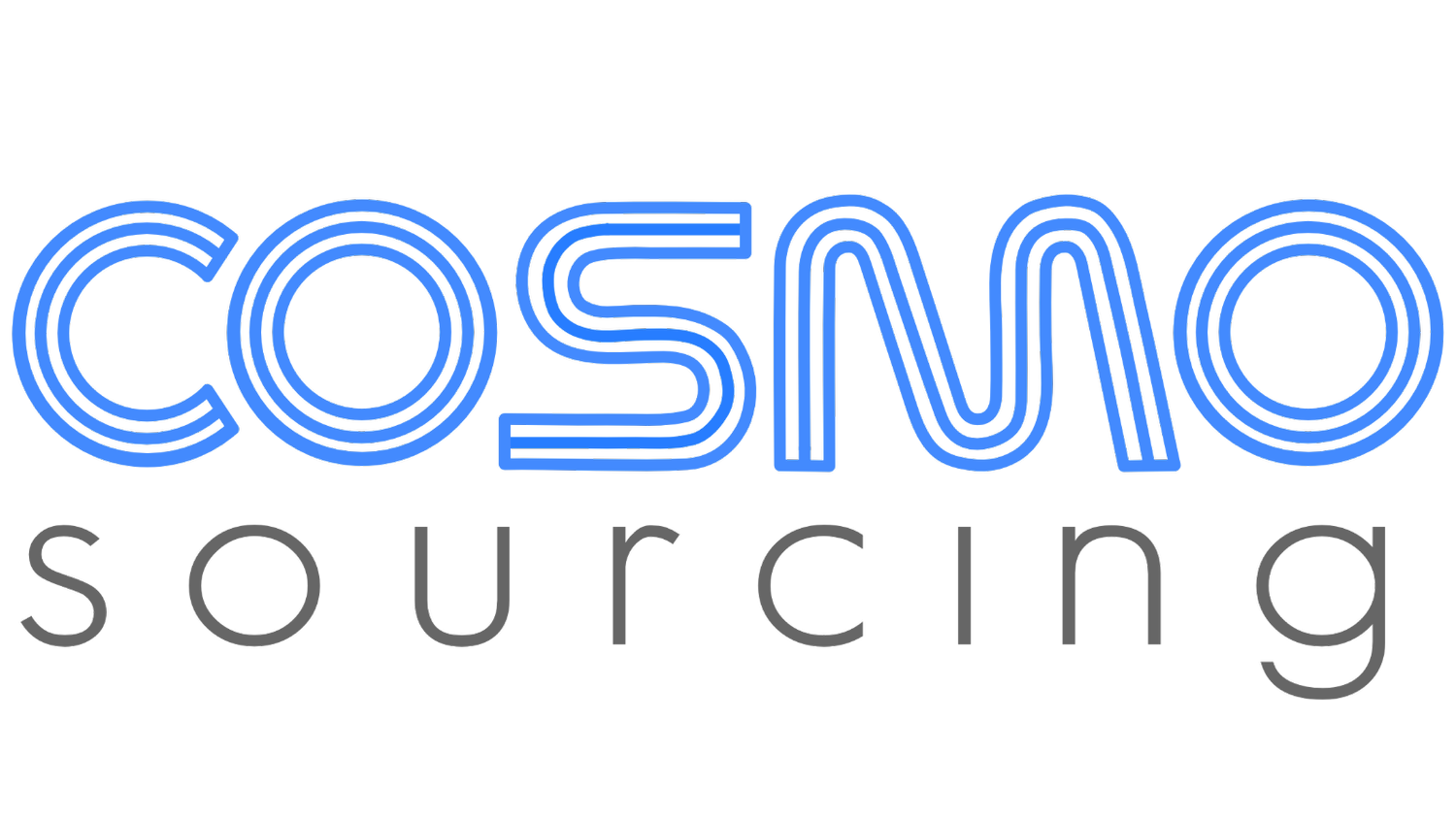What are the Four Pillars of Strategic Sourcing?
In today’s fast-paced and highly competitive business environment, strategic sourcing is critical to enhancing procurement efficiency and driving long-term value. By integrating data-driven decision-making and fostering strong supplier partnerships, organizations can achieve cost savings, improve product quality, ensure supply chain sustainability, and stimulate innovation. This article explores the four fundamental pillars of strategic sourcing: key elements that create a resilient and high-performing procurement strategy.
As global supply chains become increasingly complex, procurement teams must navigate fluctuating market conditions, resource constraints, and growing demands for ethical sourcing. A structured strategic sourcing approach provides organizations with the framework to optimize supplier selection, improve contract compliance, and build collaborative relationships that drive business growth.
Key Takeaways
Strategic sourcing is essential for businesses looking to optimize procurement in a dynamic market.
The four pillars of strategic sourcing—spend analysis, sourcing, contract management, and supplier management—lay the foundation for a robust procurement strategy.
Effective implementation of these pillars fosters innovation, enhances supplier collaboration, ensures quality, and reduces costs.
Organizations that embrace a data-driven, collaborative approach to sourcing gain a competitive advantage and achieve long-term sustainability.
Let’s explore these four pillars in depth:
Pillar 1 – Spend Analysis: Laying the Groundwork for Informed Decisions
Imagine attempting to construct a building without a blueprint. Procurement teams face the same challenge when they lack comprehensive visibility of spending patterns. Spend analysis, the first pillar of strategic sourcing, involves evaluating historical purchasing data to identify cost-saving opportunities, detect inefficiencies, and optimize supplier relationships.
How does spend analysis translate into actionable insights for sourcing teams?
By analyzing procurement data, companies can uncover trends, eliminate redundant spending, consolidate suppliers, and negotiate better contract terms. Spend analysis provides a strategic roadmap, enabling procurement teams to prioritize high-impact areas and develop more effective sourcing strategies.
Pillar 2 – Sourcing: Identifying the Best Value Proposition
Once spending patterns are clear, the next step is to select the best suppliers. Effective sourcing goes beyond price comparisons; it involves identifying suppliers that offer the best combination of cost, quality, innovation, and reliability.
What differentiates strategic sourcing from traditional procurement?
Traditional procurement often focuses on short-term cost savings through transactional purchases. Strategic sourcing, on the other hand, emphasizes long-term supplier relationships, continuous improvement, and value creation. Organizations can ensure they partner with suppliers that align with their business objectives by leveraging tools such as Request for Proposals (RFPs), supplier scorecards, and risk assessments.
Pillar 3 – Contract Management: Ensuring Compliance and Risk Mitigation
A strong contract is the backbone of successful supplier relationships. Contract management, the third pillar of strategic sourcing, ensures that agreements are well-structured, legally sound, and aligned with business goals. Proper contract management mitigates risk, ensures compliance with regulatory requirements, and establishes clear supplier performance metrics.
How does effective contract management contribute to cost savings?
Effective contract management minimizes operational disruptions, reduces legal risks, and prevents costly disputes by proactively addressing potential compliance issues, defining clear performance expectations, and streamlining payment processes. Organizations with robust contract oversight also benefit from improved supplier accountability and operational efficiency.
Pillar 4 – Supplier Management: Building Strategic Partnerships
The final pillar of strategic sourcing focuses on cultivating strong supplier relationships to drive long-term value. Effective supplier management fosters collaboration, improves performance, and enhances innovation through joint development initiatives.
What are some tangible benefits of strong supplier relationships?
Organizations that maintain strong partnerships with key suppliers gain access to better pricing, priority production scheduling, and early product innovations. These relationships also create a more resilient supply chain, allowing businesses to adapt quickly to market shifts and disruptions.
Embracing the Power of the Four Pillars of Strategic Sourcing
Mastering these four pillars enables procurement teams to shift from a transactional mindset to a strategic, value-driven approach. Strategic sourcing is not just about reducing costs—it’s about driving innovation, ensuring quality, and securing a competitive edge in an ever-evolving market.
Organizations can enhance their procurement processes by implementing a structured sourcing strategy, strengthening supplier relationships, and building a foundation for long-term success. Investing in spend analysis, strategic supplier selection, contract management, and supplier development ensures that companies remain agile, competitive, and resilient in today’s complex global economy.
In a rapidly changing business landscape, strategic sourcing is no longer an option—it is a necessity. Companies that embrace this approach will be well-positioned to drive efficiency, sustainability, and innovation in their supply chains for years to come.
Cosmo Sourcing // Go Straight To The Source
If your business is looking to optimize its procurement strategy and build strong supplier partnerships, Cosmo Sourcing can help. We specialize in strategic sourcing solutions tailored to your industry needs, ensuring cost efficiency, compliance, and supply chain resilience. Contact us today at info@cosmosourcing.com or visit www.cosmosourcing.com to learn more about how we can support your sourcing initiatives.

